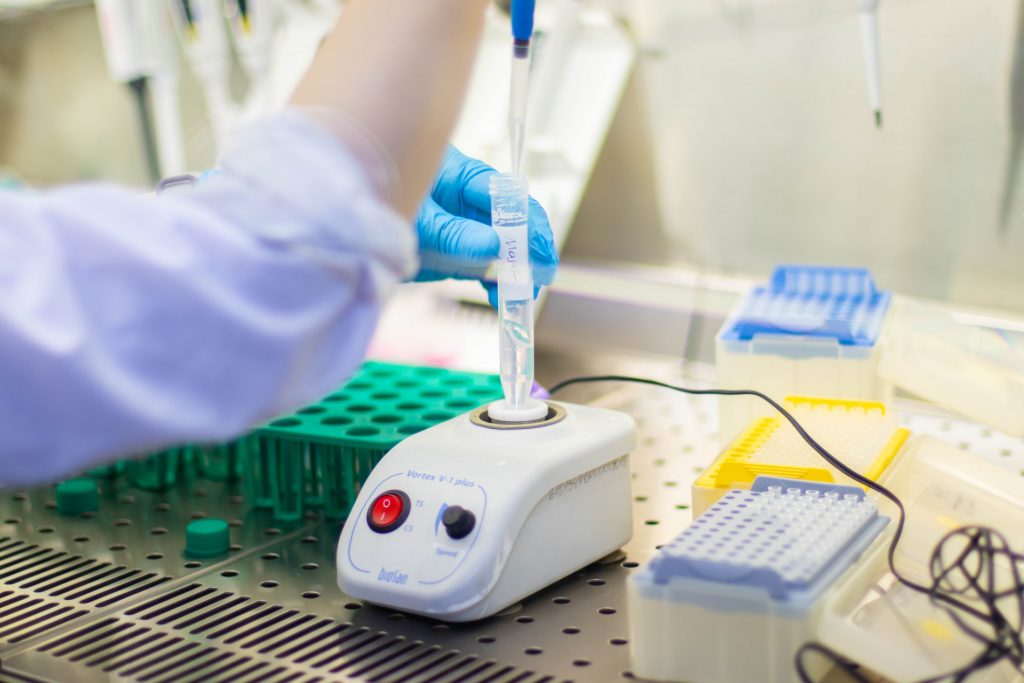Funding of crystalline materials project renewed by Russian Science Foundation

‘New approaches to the design of crystalline materials: supramolecular cells based on calix[4]arene metal clusters’, a project by Lead Research Associate of the Laboratory of Synthetic Polymers and Materials Svetlana Solovyova, received good news.
The project started in 2019 in coordination with Kurchatov Institute (Moscow) and Arbuzov Institute of Organic and Physical Chemistry (Kazan).
“Crystal engineering is one of the intensively developing and promising areas of materials science, which can be characterized as an applied area of supramolecular chemistry, including the design, synthesis of new crystalline substances and materials with desired physical and chemical properties. In particular, clusters of non-ferromagnetic ions unexpectedly exhibit significant magnetic moments: the bioavailability of dosage forms increases dramatically in the presence of coformers (crystal components that form non-covalent intermolecular bonds with the active substance), porous materials selectively adsorb guest molecules, causing a change in spectral or magnetic properties, etc.,” comments the scientist. “Nanosized metal clusters and cells (containing from two to dozens of ions) exhibit unique physicochemical properties that differ significantly from the corresponding characteristics of free ions and molecules. Recently, attention to molecular clusters and cells has noticeably increased, which is primarily due to the problems of miniaturization of devices (for example, one molecule is a nanoscale magnet or sensor) and the emergence of methods that make it possible to obtain nanostructures whose size is controlled with an accuracy of one atom. The establishment of new principles for controlling the supramolecular structure of crystalline materials at the atomic level is the main fundamental scientific problem of this project.”
As part of the previous project, new supramolecular complexes, coordination polymers, and porous coordination cells were synthesized and studied using single-crystal X-ray diffraction analysis using synchrotron radiation. Researchers have shown the high efficiency of the approach developed in the project using calix[4]arene macrocycles, which have a pronounced clustering ability, as a ligand (an atom, ion or molecule bonded to another atom via a donor-acceptor interaction), which makes it possible to fine-tune the structure clusters and cells and achieve control over the porosity of the crystalline phase.
The obtained supramolecular metal-organic cells exhibit the properties of sensors: they are able to adsorb molecules of organic solvents in the gas phase, organic molecules from an aqueous medium, and can also be used to selectively separate methane from a mixture of industrially important gases (ethane, ethylene, acetylene, carbon dioxide). A series of molecular magnets based on manganese and dysprosium clusters has been obtained with an increase in both the initial value of the effective magnetic moment and the blocking temperature in the range from 6 to 160 degrees Kelvin.

